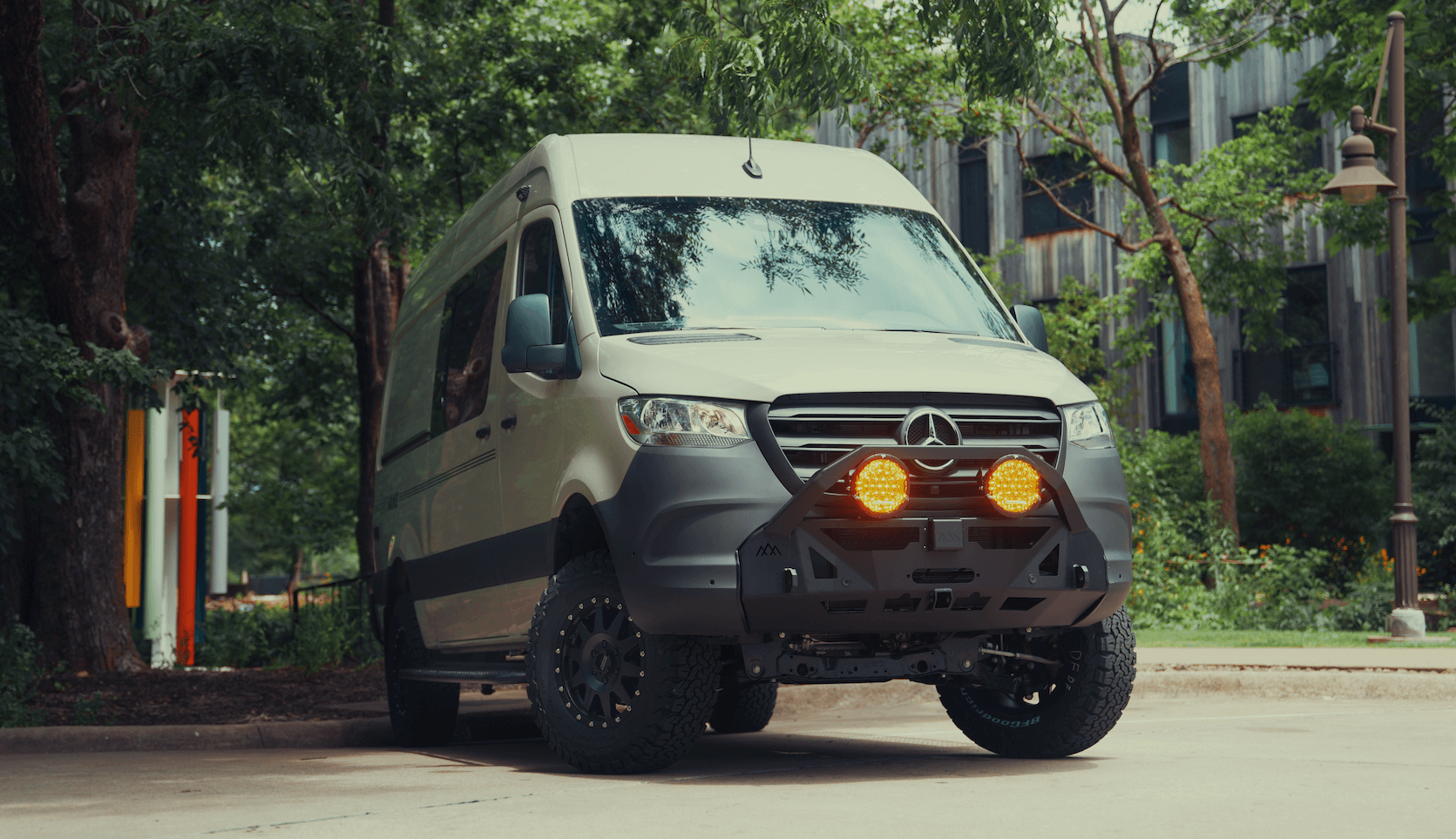Recreational Vans

Flat pack cabinets arrive as precisely machined parts that assemble into rigid boxes, drawer systems, and facings without needing a full shop on site. A CNC router converts digital plans into exact parts, so edges are square, holes are indexed, and panels match within tight tolerances. The big wins are predictable fit, faster assembly, and safer shipping because everything travels flat. Designers can add reference features like tabs, slots, and pilot holes, which serve as built in roadmaps during assembly. The result is consistent cabinet geometry that scales from a single kitchen to a full production run.
Choosing the sheet matters. Good cores resist tear out, hold fasteners, and survive transport. Thickness consistency also affects dado depth, hinge cup drilling, and edge banding fit.
The workflow begins with a cabinet model and parametric parts. Each panel is assigned grain direction, thickness, and edge treatments. In CAM, parts are nested to maximize yield and reduce waste. Dogbone fillets or T bones are added in internal corners so square parts drop into machined pockets. Toolpaths prioritize finish quality and chip evacuation. Labels are printed with part names, edges to be banded, and assembly positions, making build day simple and fast.
Good flat pack design is a quiet coach in the background. Panels register off dados and rabbets so the box squares itself as it goes together. Drawer boxes use consistent offsets so slides line up every time. Face frames can be pinned into pilot holes to keep reveals even. Designers also mark stretchers and toe kicks with matching tabs and slots to reduce guesswork and tape measures on the floor.
A calibrated spoilboard and vacuum hold down keep panels flat so hole depths and edge profiles land exactly where they should. Consistent feeds and speeds prevent heat buildup that can swell holes or burn edges.
Edge banding can be applied pre assembly or after, depending on workflow and finish targets. If parts arrive pre banded, CAM needs to account for banding thickness during sizing and nesting.
Assembly benefits from a thoughtful sequence. Start with boxes, verify square at diagonals, then add backs, slides, and doors. Labeling saves time. Mark visible edges and keep them protected through sanding and transport. A light pass with a random orbit sander levels glue squeeze out before finish. For high traffic spaces, two part finishes or conversion varnishes build durable coats that resist abrasion.
Wood moves. Even engineered panels change slightly with humidity. Leave reveal gaps that allow seasonal shifts without binding. In mobile applications, add vibration resistant fasteners, threadlock where appropriate, and soft bumpers to quiet contact points. Drawer slides with positive detents help keep payloads in place during travel.
Flat pack systems reduce waste through smart nesting and real time yield tracking. Offcuts can be sized into shelves, cleats, or bracing, boosting the value of each sheet.
In vans and small spaces, mass matters. Select lighter panels for overhead storage and denser cores for bases and slides. Keep tall cabinets tied into structure and spread loads to reduce squeaks and flex. Plan service panels so wiring or plumbing remains reachable without tearing apart the build.
A quick note on safety. Proper dust collection and hearing protection are essential around CNC tools. Sharp tooling reduces heat and airborne particulates, which protects the operator and the material. Always verify tool length against the collet and program to avoid spoilboard crashes.
For readers exploring custom mobile interiors, cabinet planning ties directly into layout, weight balance, and anchor points. If you want to see how finished systems live inside purpose built rigs, browse our recreational van work at recreational vans. For fully tailored layouts and materials that match your travel style, our team details all cabinetry during a custom build van project. If you prefer a proven foundation before customization, review platforms that finance and start from solid value at mainstream vans.
Precision cabinets make small spaces easier to live in. Doors shut with the same feel day one and day three hundred. Drawers track straight, latch clean, and stay quiet. With good design and accurate machining, the finished space looks intentional because every line and reveal agrees with the next.
Ready to translate this knowledge into a build you can trust on rough roads and long trips? OZK Customs blends cabinet design with power, ventilation, and storage planning so everything works together. Share your goals and constraints, and we will guide sizing, materials, and hardware to fit your travel rhythm. Submit the form below and we will map the path from idea to installation.
Ready for cabinet precision that fits your rig and your timeline? OZK Customs designs, machines, and installs CNC cut cabinetry that is quiet, durable, and built for the road. Tell us about your layout and goals, and our team will translate them into a clean CAD to CNC plan. Submit the form to schedule a consult and get a detailed quote.
ADDRESS:
6159 E Huntsville Rd, Fayetteville, AR 72701
PHONE:
(479) 326-9200
EMAIL:
info@ozkvans.com